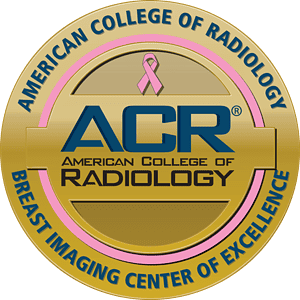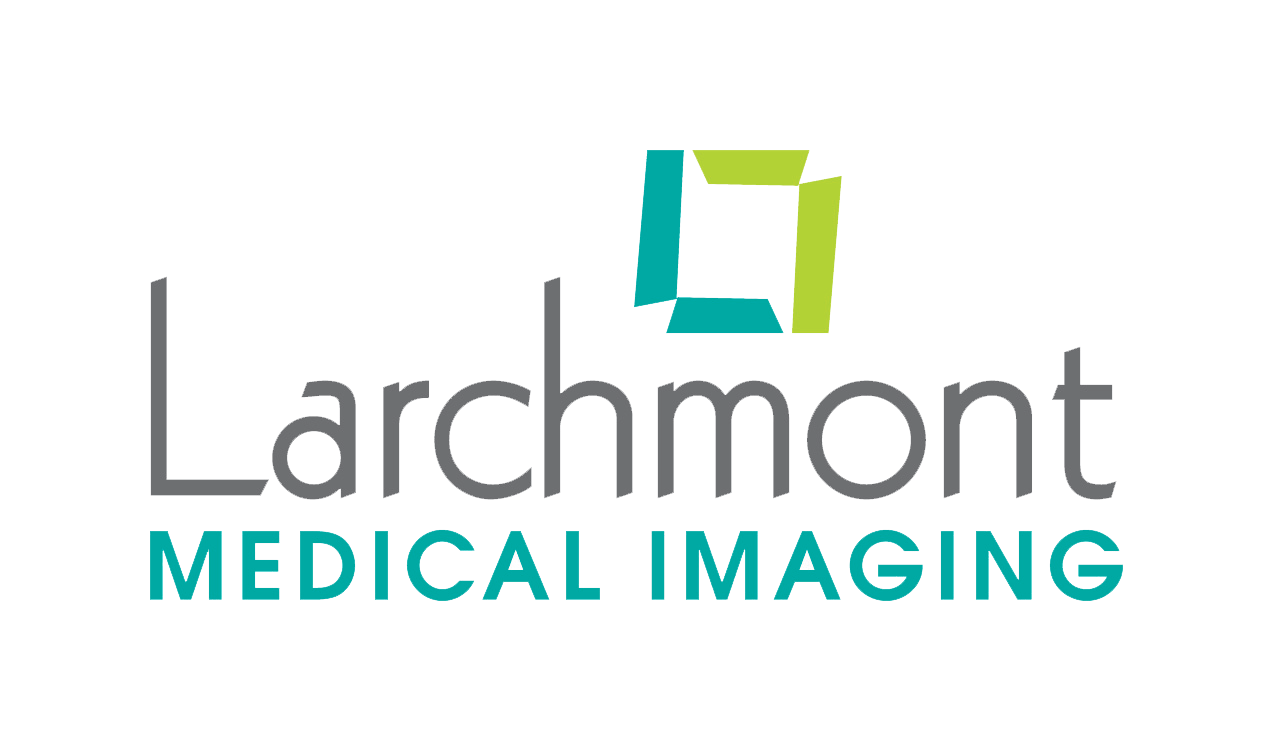Digital breast tomosynthesis, also referred to as 3D mammography, represents a state-of-the-art advancement in women’s imaging technology with strong capabilities to detect early signs of breast cancer. An annual screening mammogram can detect a lump up to three years before the presence of a palpable lump, enhancing the detection rate and allowing for early invention. Larchmont Imaging prioritizes 3D mammograms as the standard of care for all patients, understanding their important role in maintaining breast health. Today, a large majority of health insurance plans fully cover the expenses of annual screening mammograms for women ages 40 and up.
Screening & Diagnostic Mammography


The Importance of Annual Screening Mammograms
Multiple guidelines recommend annual screening mammograms for women starting at the age of 40. Annual screening mammograms help women prioritize their breast health through year-over-year monitoring.
- Screenings take 15 minutes or less.
- Advanced screening technologies for a fast, comfortable experience for you and clear images for better detection.
- Same-day and next-day appointments to fit your schedule.
- All insurance providers cover annual screening mammograms 100%.
Our 3D Mammography Locations
For over 50 years, Larchmont Imaging has been recognized as one of the region’s only Breast Imaging Centers of Excellence by the American College of Radiology. Our four office locations offer a comfortable and convenient atmosphere to get your annual screening mammogram on your schedule.

3D Mammogram Frequently Asked Questions
Women’s health experts recommend that women with no breast symptoms or genetic predispositions start annual screening mammograms at the age of 40. For women with a family history of breast cancer, it is recommended to start annual screening mammograms at the age of 35. Clinical research shows that early and routine screening mammograms starting at the age of 40 have reduced breast cancer mortality rate by 40 when compared to infrequent examinations. Most health insurance plans cover annual screening mammograms at 100%.
Your annual screening mammogram will be performed by a certified, female mammography technologist who will explain the study before getting started. Most appointments take 15 minutes or less to complete. After your check-in, you will be escorted into a private dressing room. You will be asked to undress from the waist up and wear a gown that opens up in the front. You will need to remove any metal objects including jewelry to avoid distorting image results. During the study, the technologist will position each breast against a 3D unit. Your breast tissue will be compressed briefly, which may cause some discomfort. The compression of the breast tissue helps ensure that the entire area of the breast can be examined correctly.
To prepare for a 3D mammogram, here are some important guidelines to follow:
- Please arrive 15 minutes prior to your appointment time.
- Schedule your mammogram during the two weeks following your menstrual when your breasts are least tender. This will help minimize any potential discomfort.
- Wear comfortable clothing. Do not wear any one-piece outfits so that removal of articles from the waist up is feasible for you.
- Avoid wearing deodorant, perfume, or lotion on your body. These products can skew the results captured by the mammogram.
- If you’ve had prior mammograms, breast ultrasounds, or breast MRIs at an imaging center other than Larchmont Imaging, you will be asked to provide contact information for the center so we can obtain these records before your appointment. Prior records help our board-certified, subspecialized radiologists create year-over-year comparisons that can detect subtle irregularities that may appear over time.
For more information, please reach out to our patient service representatives at (609) 261-4500.
A 3D mammogram exposes you to a very minimal amount of radiation. Larchmont Imaging ensures that the lowest dose of radiation is used for all their imaging studies including screening and diagnostic mammograms.
Our patients at Larchmont Imaging can access their mammography results via our secure patient portal. If you are signed up for our patient portal, your 3D mammogram results will be posted to your portal within 48 hours. If you do not have access to our patient portal, please reach out to us and provide an email address to create your account. Your mammography results will be sent to your primary care physician or your OB/GYN within 2 days of your study. Your doctor may upload your results to their own patient portal and allow you access within 7 – 10 days.
Under the Affordable Care Act, health insurance providers are required to cover the full cost of an annual screening 2D mammogram. In the case of annual screening 3D mammograms, the full cost may not be covered by certain health insurance providers. This largely depends on which state you live in and what health insurance plan you have.
As of August 1st, 2018, New Jersey state law expanded mandatory preventative care services that require health insurance companies to provide coverage for 3D mammograms in women 40 and over with no deductible, coinsurance, or other cost-sharing methods. However, certain out-of-state, federal, and employer insurance plans set up as “self-funded” may not have to comply with state-level regulations.
